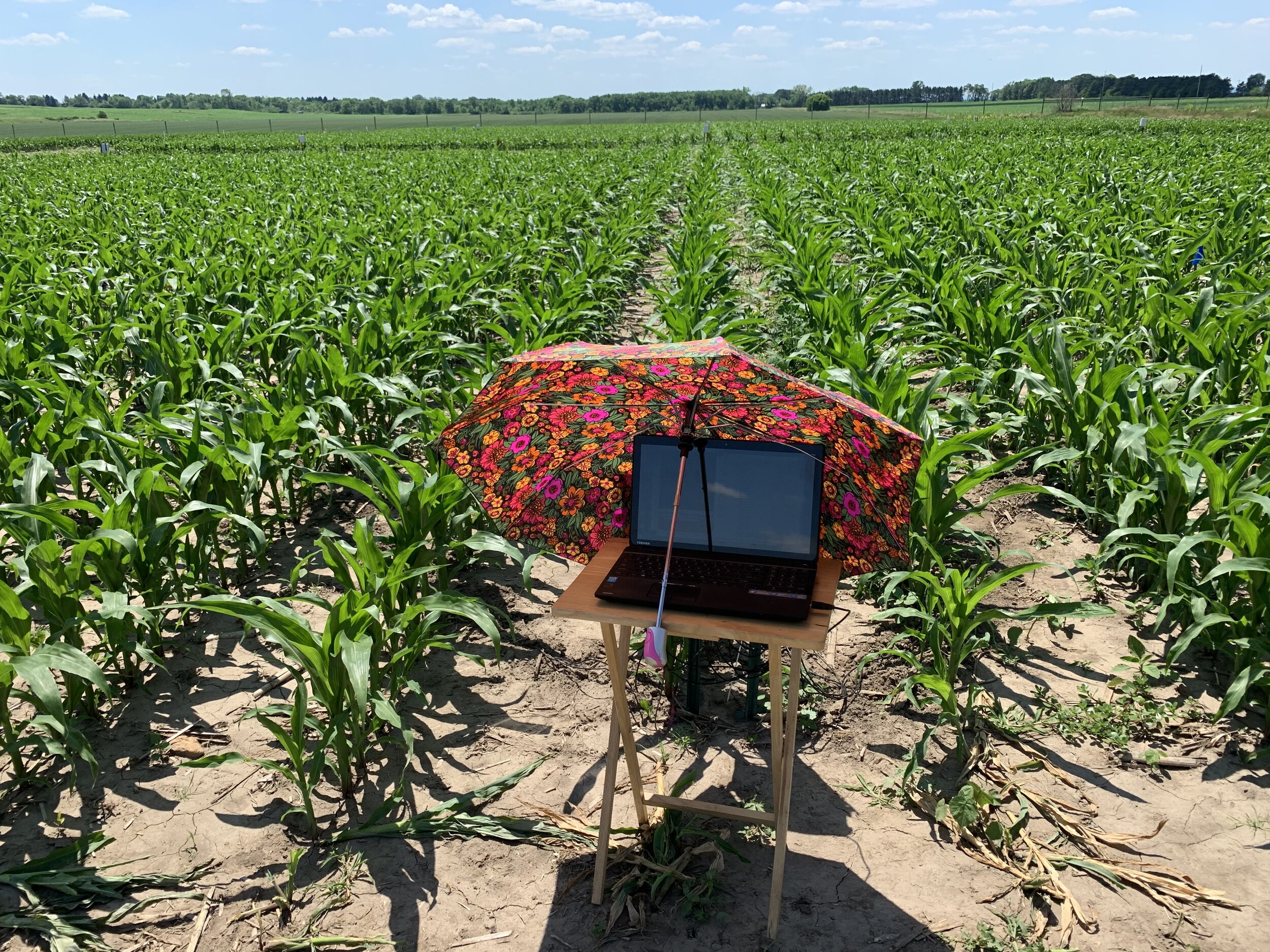
Reducing lifecycle environmental impacts & improving profitability of Wisconsin dairy systems through improved cropping management
I want to see a more environmentally and economically sustainable future for our farmers.
Helping farmers and the environment.
Farmers are the base for all human existence on Earth, but they often don’t get the recognition they deserve. Many farmers are citizen scientists themselves and are excited to test new crops, or management practices, whenever possible. Higher profits and financial buffers would allow farmers to try new, more sustainable cropping choices on larger areas of their farm, as well as allow for the implementation of novel management practices and equipment.
Agroecosystems play a large part in the cycling of greenhouse gas emissions. Nevertheless, we tend to forget that agroecosystem also offer a huge opportunity for climate change mitigation through vegetation carbon sequestration, as they cover half of the habitable land on Earth.
For dairy farms, the number one crop in heifer and dairy cow diets has been corn, which is a great energy source for milk production. However, corn growing seasons only last around 3-4 months, which means that up to 8 months of the year, those fields are bare. Corn is also very sensitive to weather fluctuations, like high precipitation events and frequent flooding, resulting in significant crop yield declines. More sustainable management including cover crops, intercropping with crops like alfalfa or perennial vegetation cover like pastures, would allow farmers to contribute to climate mitigation strategies.
Our Dairy Innovation Hub project assesses innovation opportunities that increase profits and enhance environmental stewardship on Wisconsin’s dairy farms by altering cropping sequences and nutrient management, while lowering external inputs and improving profits through credits for ecosystem services. We assess environmental and economic outcomes associated with transitions of traditional dairy systems to greater cropping diversities using cover crops, intercropping and perennials. In the light of climate change, agroecosystems need to be managed differently to withstand more frequent changes in weather. Weather extremes in Wisconsin can be particularly complicated, because they exist at both ends of hydrological extremes, from extreme rain events and flooding to droughts.
Perennial agricultural management can help prevent crop losses during those weather disturbances. Perennial crops have longer, and more dense root systems compared to annual plants like corn, that penetrate the soil deeper. This can open up pore spaces, which helps to increase water infiltration; and reduce nutrient runoff. Building organic soil layers can also help retain moisture, which is important during drought periods. Additionally, farmers could increase their profits through credits for the mitigation of greenhouse gases from perennial plant cover and better nutrient management. Credits like these already exist in the US through companies like Indigo AgTM.
With this project we are establishing an optimization function to help dairy farmers assess to ecological and economic tradeoffs from increasing their environmental sustainability through the implementation of perennials, and the resulting impacts on milk production and ecosystem service markets.
Dairy Innovation Hub YouTube Channel
Check out my and other Dairy Innovation Hub featured videos to learn more about our research.
Dairy Strong 2021.
Watch featured research (including mine) funded by the Dairy Innovation Hub at the University of Wisconsin, presented at a breakout session at the Dairy Strong 2021 conference.







This Project is funded by the Dairy Innovation Hub of The University of Wisconsin
